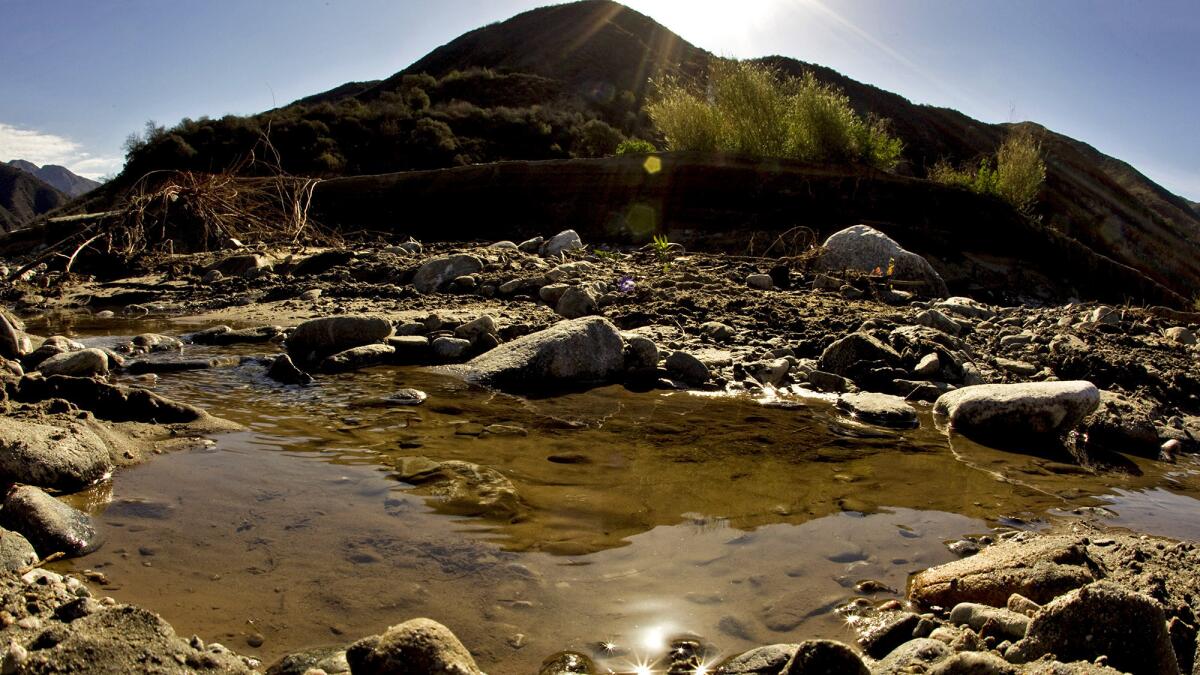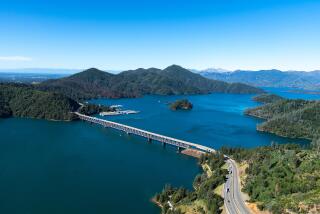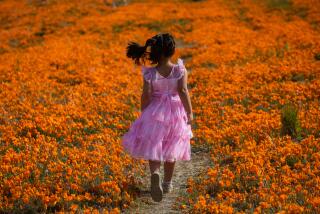Alarming images emerge from California drought

From algae sludge in shrinking pools of water to marooned boats on dry, cracked lake beds, Californiaâs crippling drought has produced stunning images that put the need for rainfall into stark focus.
Once-majestic lakes are now pools of their former selves -- most at less than half their capacity, a growing number of those at less than a third. At Lake Shasta, the water line has dropped with dramatic effect, revealing a thick band of bare ground. At Lake Huntington, entire boat docks rest on dry land.
Tributaries and rivers have also become anemic. Smaller streams have all but gone. Hurkey Creek, which feeds into Lake Hemet, has nearly dried up. Meanwhile, green algae blooms have overtaken lower banks of the lake, exposing dead fish and weeds as the soup recedes.
More than 80% of California continues to suffer extreme drought conditions -- a figure that has remained unchanged now for weeks. But of that land, a record-breaking 58% is experiencing âexceptionalâ drought -- the harshest on a five-level scale, according to tracking reports issued by the U.S. Drought Monitor.
The stateâs major reservoirs total 59% of the historical average but are âstill above the 41% of average recorded during the 1976-77 drought.â
Meanwhile, expectations of any relief in the form of significant rain later this year has dimmed somewhat among forecasters.
The latest long-term forecast shows the chances of a wet El Niño weather pattern starting this fall has decreased to about 65%, and if it does arrive, it will probably be weaker than originally expected.
If an El Niño does develop, it should emerge by October and peak during late fall and early winter, according to the Climate Prediction Center and the International Research Institute for Climate and Society.
Forecasters previously put the chances of an El Niño forming during the same period at 80%.
For California news, follow @JasonBretWells and @VeronicaRocha.
More to Read
Sign up for Essential California
The most important California stories and recommendations in your inbox every morning.
You may occasionally receive promotional content from the Los Angeles Times.











